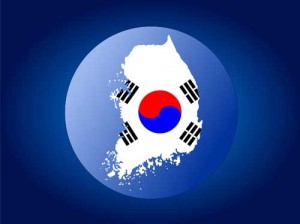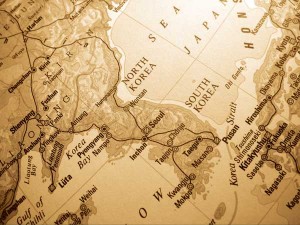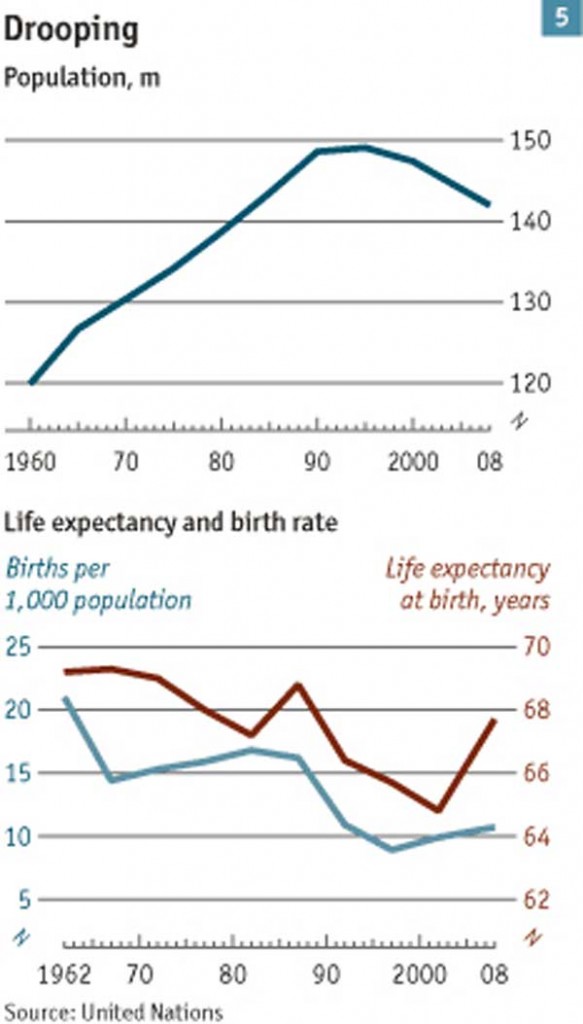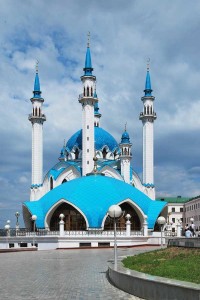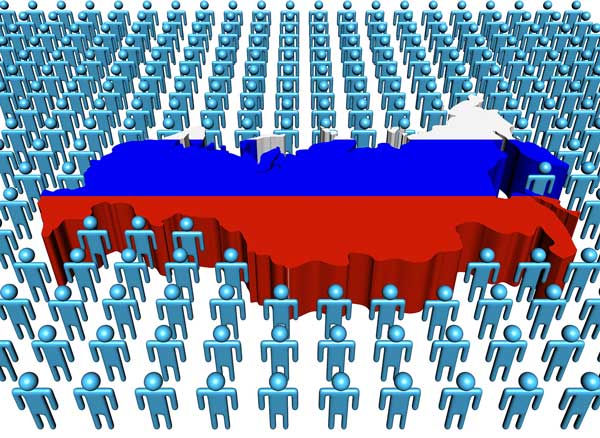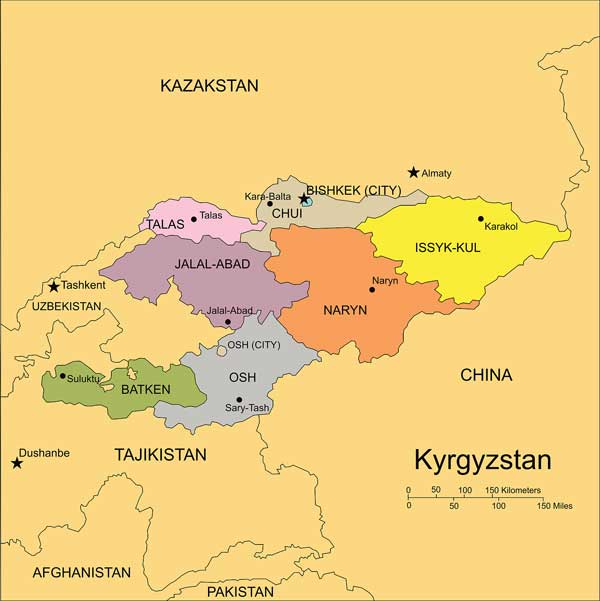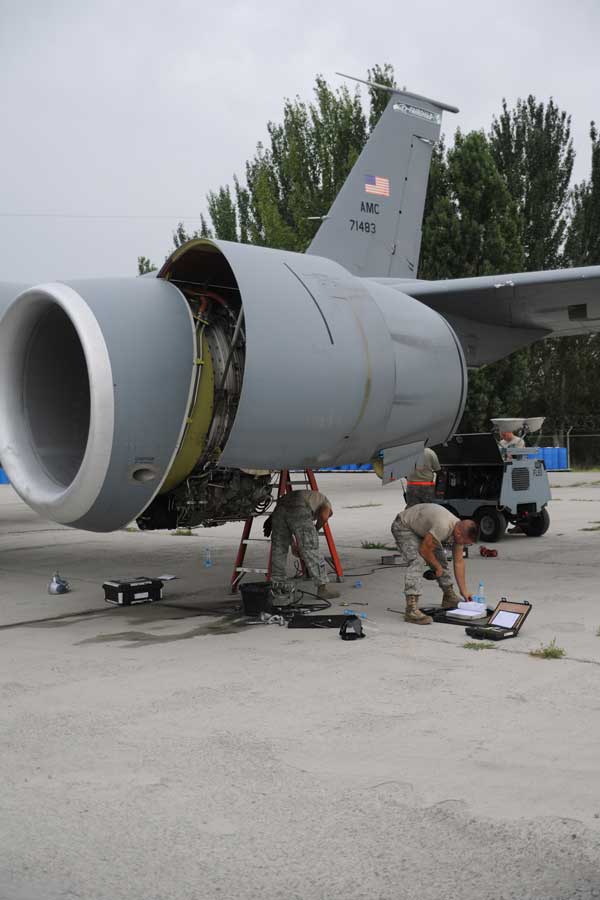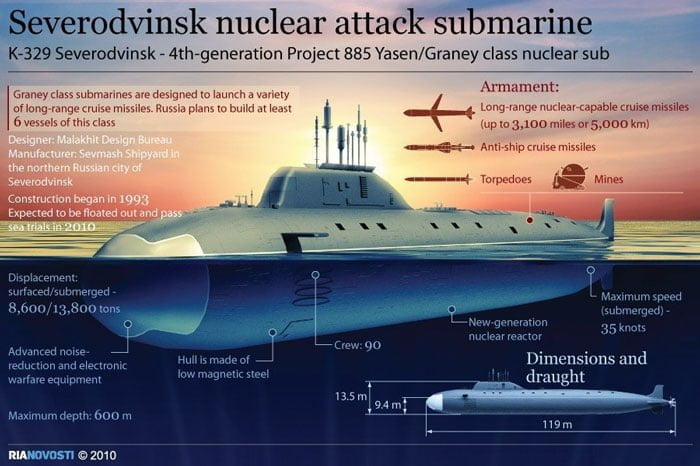
12/02/2011 – Second Line of Defense was recently invited to participate in an open house for Lockheed Martin’s Affordable Innovation Technology Demonstration at the LM Global Vision Center in Arlington, Virginia. The demonstrations from the Lockheed Martin Global Training and Logistics division showcased some of Lockheed Martin’s advanced technologies and capabilities designed to promote innovative, affordable and flexible worldwide mission readiness and sustainment solutions.
We spent the most time reviewing the F-35 Autonomic Logistics Information System (ALIS). The system serves as the information infrastructure for the F-35, maintaining, collecting, and analyzing data for better decision support for a F-35 fleet that is managed on a worldwide basis. This secure global information system serves as the foundation of streamlined fleet sustainment, resulting in F-35 parts, systems and expertise reaching any location when they are required.
In the human body, an autonomic response – a subconscious reflex – provides a timely reaction to an unanticipated potential problem. An animal’s autonomic nervous system monitors, controls and adjusts your autonomic response to external stimuli. For military systems, autonomic logistics also aims to provide a seamless, embedded system for integrating current performance, operational parameters, current configuration, scheduled upgrades and maintenance, component history, predictive diagnostics (prognostics), health management, and service support. Autonomic logistics provides efficient behind-the-scenes monitoring, maintenance, and prognostics to support the good health of the weapons system.
To ensure near-continuous mission availability, each F-35, as well as the fleet as a whole, is monitored and measured against a host of parameters. The system involves a partnership between government and industry. It provides a joint solution that emphasizes commonality for all participating countries, reducing redundant duplication and maximizing total system efficiencies. Maintenance needs can be anticipated and met before performance degrades, and unnecessary flight line activity is minimized. For example, the ALIS transmits aircraft health and maintenance information to the appropriate users on a globally-distributed network to technicians worldwide.
The purpose of the ALIS is to give F-35 operators the ability to plan, maintain, and sustain its systems over the life of the platform. The system integrates a broad range of capabilities including operations, maintenance, prognostics, supply chain, customer support services, training and technical data. A single, secure information environment provides users with up-to-date information on any of these areas using web-enabled applications on a distributed network.
According to Lockheed Martin, several ALIS features are particularly noteworthy. The Intelligent Information Infrastructure captures, analyzes and identifies system characteristics and interfaces with legacy support systems to provide F-35 information for every user worldwide. ALIS also employs Performance-Based Best Value Sustainment as a business approach that equally weighs risk, schedule, cost and technical aspects to provide a cost effective, affordable support system that reduces total cost ownership over the life cycle.
The advantages of the ALIS to the F-35 community are multiple. The ALIS helps minimize F-35 downtime, maintaining higher rates of availability and reliability than in legacy fleets. More missions can be accomplished and cost savings result since the F-35’s sustainment system delivers more operational hours per aircraft and controls support costs throughout the total life-cycle. The associated Lockheed Martin’s Logistics Support System provides comprehensive asset management and asset visibility to mission planners, allowing them to understand what force elements are available for a mission by detailing asset location and condition. It reduces life cycle costs, minimizes training requirements, and enables the Warfighter to focus on the mission, not the supporting systems.
For example, the ALIS receives Health Reporting Codes while the F-35 is still in flight via an RF downlink. Based on the information reported by these onboard sensors, the F-35 maintainers can procure parts, review procedures, and be ready to service the aircraft as soon as the plane returns to its base or carrier. The system enables the pre-positioning of parts and qualified maintainers on the ground, so that, when the aircraft lands, downtime is minimized and efficiency is increased. Service crew can carry computers while physically inspecting the planes.
Lockheed Martin GTL is working directly with the U.S. Department of Defense to develop the DOD Virtual World Framework (VWF), a next generation open source platform
for developing and deploying complex multi-user training simulations via next generation web browser technologies. It enhances modeling, simulation, training, data visualization, collaboration and virtual prototyping by incorporating state-of-the-art computer gaming within a web browser.
The VWF is intended to leverage the world-wide-web to take advantage of the wealth of technologies and infrastructure already available, as well as the large number of web software developers. The VWF enables a zero-install capability that allows users to access training and collaboration tools directly with a browser from a PC or mobile device without having to download specialized software. Training in the virtual worlds can reduce training costs and, due to its especially wide appeal to younger generations, can accelerate and improve learning.
Lockheed Martin’s Virtual World Labs (VWL) promotes collaborative simulation learning and data visualization solutions for the government, military and corporate sectors. For VWL, “virtual worlds” encompass more than virtual meeting spaces; it also refers to massive multiplayer online games, immersive data visualization and serious games. The VWF is intended to act as a common virtual ground for deploying a diverse set of interoperable components from many sources. The VWL is building an open source platform that is intended to be a full partnership between DOD, industry, and academia.
VWL has already developed important tools for building virtual worlds. The UltiSim platform can be used to develop rules-based learning scenarios, as well as true non-linear simulations using high-fidelity dynamic/physics based models. The UltiVis is a dynamic, interactive and collaborative data visualization toolset than can create a variety of applications for visualizing data for supply chain management, incident response and DOD architectures.
Geospatial Image and Data Technologies vastly reduce the time it takes to create virtual worlds. They combine virtual reality-based training with experiential learning to reduce the time and increase the effectiveness of training. For example, they can reuse old data and make it more relevant by adding additional information from almost three dozen sources (including from UAVs, the Internet, satellites, and the USGS). VWL aims to help build virtual worlds for medical specialties, education, law enforcement, emergency management or the homeland security community.
The Scalable Advanced Graphics Engine (SAGE) adds open scenes, particle effects (like dust and smoke), repositionable features, weather patterns, and time-of-day changes through shadowing and other effects by leveraging the quality and rich detail of commercial gaming technologies for military training applications. SAGE can also track hundreds of detailed animated 3D life forms who can move around and have the behavioral characteristics of people based on motion capture data. Users have the capacity to add live video and embed additional instructions by drawing on many upgraded databases to supply the most detailed training experience possible. SAGE can use COTS hardware (running on multiple operating systems) and incorporate data from subject-matter experts and photographs, though redesigned through an artistic eye.
The Universal Communications Platform (UCP) is an IP-based suite of products designed to enhance interoperability among many communications devices. The UCP allows users to enjoy a high level of functionality for a gateway communications device. It empowers users to communicate with any type of existing fixed and mobile radios or radio systems no matter the vendor, frequency or band. A group of users connect to a single UCP device and can easily communicate electronically with all other users and communications systems. The UCP creates a unified communications platform with worldwide accessibility that upgrades communications to state-of-the-art IP based features. It can transform any radio system into a fully IP-based network – facilitating monitoring, control and dispatch from any location with a network connection and a smart phone, laptop, PC, or PDA.
One feature enhancing UCP reliability is that the UCP does not rely on centralized servers to connect radios and other communications devices, so there is no single point of failure. The system’s modularity also minimizes costs since users can employ only the minimum number of modules to provide the required device interfaces. The UCP is designed for military and intelligence personnel as well as emergency responders. Large-scale industrial operations like mining, forestry and factory productions could also benefit. Since the UCP can work with any type of existing radios or systems, and permits upgrading, it saves the user considerable money.
Prepar3D® (pronounced “prepared”) is a multi-function and inexpensive visual modeling and simulation platform based on Microsoft ESP that applies games-based technologies to training. It allows users to create training scenarios across aviation, maritime, sub-maritime, and ground domains. Users can train anywhere in the virtual world, from under water to sub orbital space, and can switch system to another vehicle in a few minutes.
Prepar3D employs a Windows 7 compatible drag n’ drop interface with customizable settings that permits users to quickly create and save favorite missions, panel, and scenery window locations across multiple monitors with flight files. Internet multi-player capability enables users across the globe can collaborate with others within the Prepar3D environment to train for their missions or tasks. Its multi-channel capability enables users to operate Prepar3D with multiple monitors, creating a more expansive viewing capability all the way up to 360 degrees field of view . The sensor camera options allow users to experience night vision and infrared sensor camera options to enhance military mission or night flying training. The scenery includes millions of square kilometers of the earth as well as environments from the U.S. Geological Survey’s coastal bathymetry.
According to Lockheed Martin, users of Prepar3D-based training systems can realize a number of benefits: they can experience a mission before it happens to raise effectiveness and reduce their response time; the can learn and test knowledge in the same environment in which they will operate; and they can visualize operational data to study and re-create scenarios as well as modify them by experimenting with different variables.
Prepar3D can be adapted to support a wide range of systems, including fixed-wing multi-crew aircraft, helicopters, landing hover craft, fast attack boats, trucks and utility vehicles. A software development kit can be downloaded by users to create add-ons such as aircraft, instruments, boats, buildings and other environmental features. Prepar3D can be used on several platforms ranging from laptops to a desktop to a part task trainer to more elaborate systems such as the Multi-Function Training Aid (MFTA), which is what we saw at the Open House. The system is already in wide use by private pilots, commercial organizations, as well as military and academic institutions. For example, users can practice a mission or flight plan before it happens to increase effectiveness during real-world operations.







